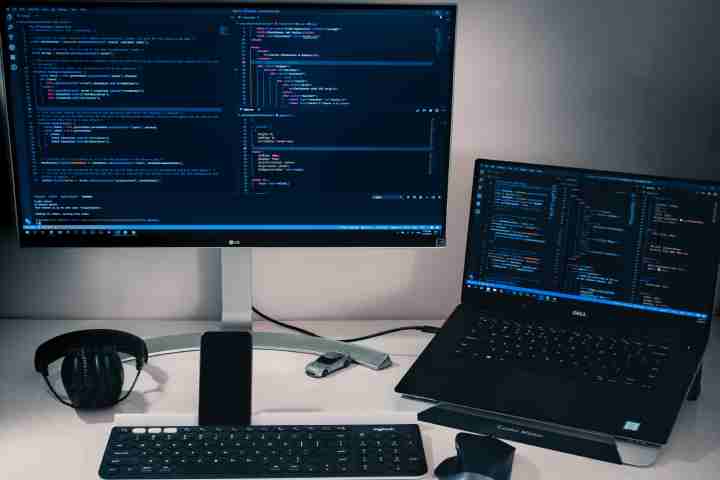Low-Code Robotics – Robot Programming Made Easy

Industrial robots move modern factories. But without the right programming, nothing moves. The good news: Intuitive, visual programming options are increasingly making it easier to use robots in industry. We’ll get to the bottom of it. What is behind the miracle cure “Low Code Robotics”?
Applications For Low-Code Robotics
Low-code or even no-code solutions deliver exactly what they promise: little or no code is required to program. More precisely, it is about the intuitive and visual possibilities of programming. It is already being used in many areas of software development, and low code is also gaining ground in industrial robotics. This is mainly because medium-sized companies are gradually gaining access to robotics in the industry. The advantages of low code are obvious here:
- Little to no programming knowledge is required
- No dependence on external specialists or service providers
- Fast implementation, including flexibility in adjustments
The advantages play primarily into the hands of those companies that want to automate simple, repetitive activities. Because a simple pick-and-place activity can just as easily be implemented using visual control. Nowadays, complex programming languages are no longer required for this.
Classic areas of application are, therefore:
- Handling and feeding of components
- Simple assembly activities
- Pick and place tasks
How Low-Code Robotics Works
Controlling a robot using a low-code solution usually works via a touch panel. On this touch panel (see figure), it is possible to drive the robot to the targeted positions. Once the robot has reached the desired position, the software independently suggests commands that can be executed at that position. Graphics visually supports the explanation of the command options, so no in-depth specialist knowledge is required here either.
Limits Of Low-Code Robotics
What is the catch? Of course, every coin has a downside – including low-code robotics. You are limited in the use of low-code solutions.
While a low-code system is sufficient for simple activities, it is the more complex and precise assembly activities where you will reach your limits. Assuming you have a gluing process (such as here in our practical project ): Here, the robot has to follow a contour that is not linear but consists of several different curved paths lined up next to each other. If this is the case, the effort involved in graphical programming is too high, and you should better use classic robot programming.
Whether a low-code solution suits your specific application can often only be answered individually. Feel free to contact us if you would like professional advice.
Also Read: Collaborative Robotics How Do Robots Help Humans In Industrial Work
